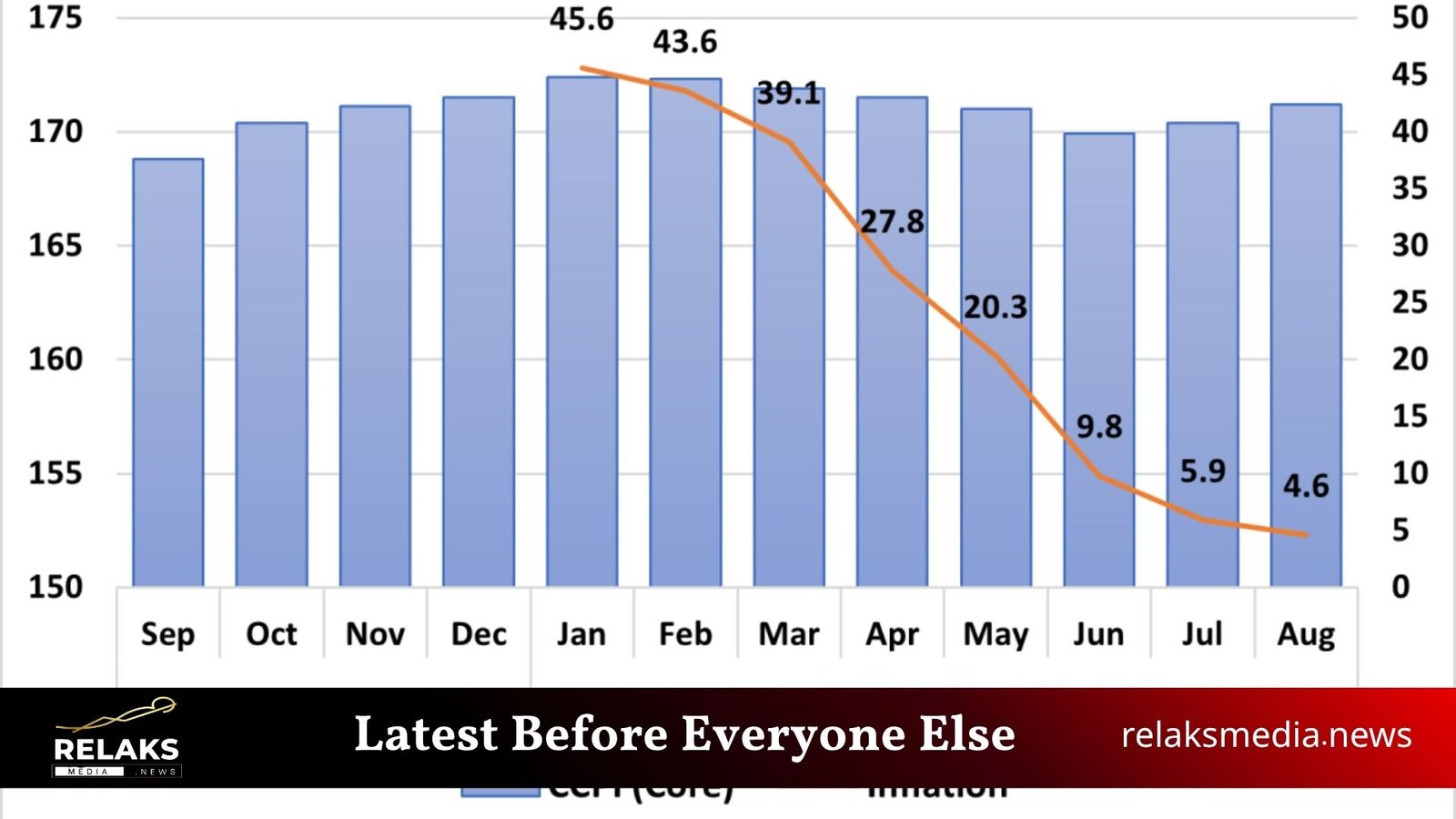
Sri Lanka’s economy received a much-needed boost as the Central Bank of Sri Lanka (CBSL) announced that the country’s inflation rate fell to 4.5% in September 2025, down from 6.2% in August. The decline, driven by falling food and fuel prices alongside prudent monetary management, signals growing economic stability after years of financial turbulence.
After experiencing one of the worst economic crises in its history, Sri Lanka has been gradually stabilizing through tight fiscal policies, import control measures, and international financial assistance. The reduction in inflation marks a major milestone in restoring consumer confidence and purchasing power, both essential for long-term recovery.
According to the Central Bank’s monthly report, the food inflation rate dropped significantly due to a steady supply of agricultural products and reduced transportation costs. Similarly, fuel price adjustments and better exchange rate management contributed to easing inflationary pressure on essential goods.
CBSL officials credited the decline to effective monetary policies, including higher interest rates earlier in the year and close coordination with the International Monetary Fund (IMF) to ensure macroeconomic discipline.
Economists have welcomed the development, noting that a 4.5% inflation rate falls within the targeted comfort zone for price stability. They believe that continued discipline in monetary policy could further enhance Sri Lanka’s credit outlook, attract foreign investment, and improve consumer spending capacity.
The Central Bank has reaffirmed its commitment to maintaining low inflation while supporting economic growth through policy reforms and fiscal restructuring. The government’s focus on reducing public debt, increasing exports, and strengthening reserves is expected to complement these efforts.
Despite the progress, analysts caution that global market volatility and potential supply chain disruptions could still pose risks to price stability. The CBSL, however, remains confident that consistent policy application will sustain the current downward trend in inflation.
Sri Lanka’s reduction in inflation to 4.5% represents a major achievement in its post-crisis economic recovery. As prices stabilize and public confidence improves, the nation appears to be moving toward a more balanced and sustainable financial future. The Central Bank’s success in managing inflation could serve as a foundation for renewed economic growth and resilience.

Comments: